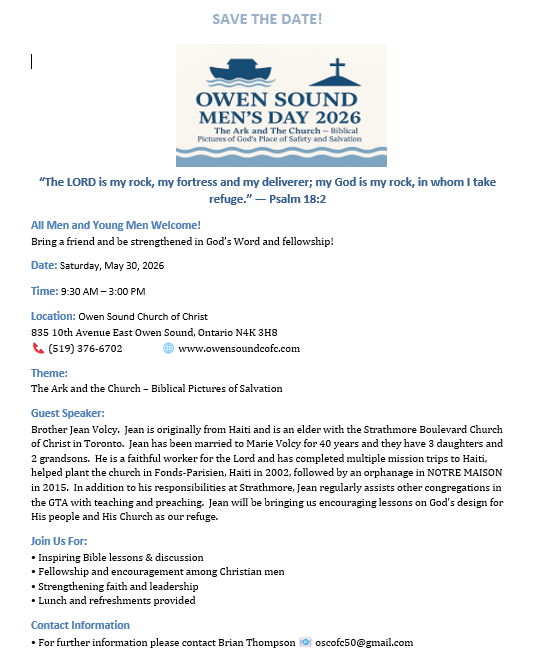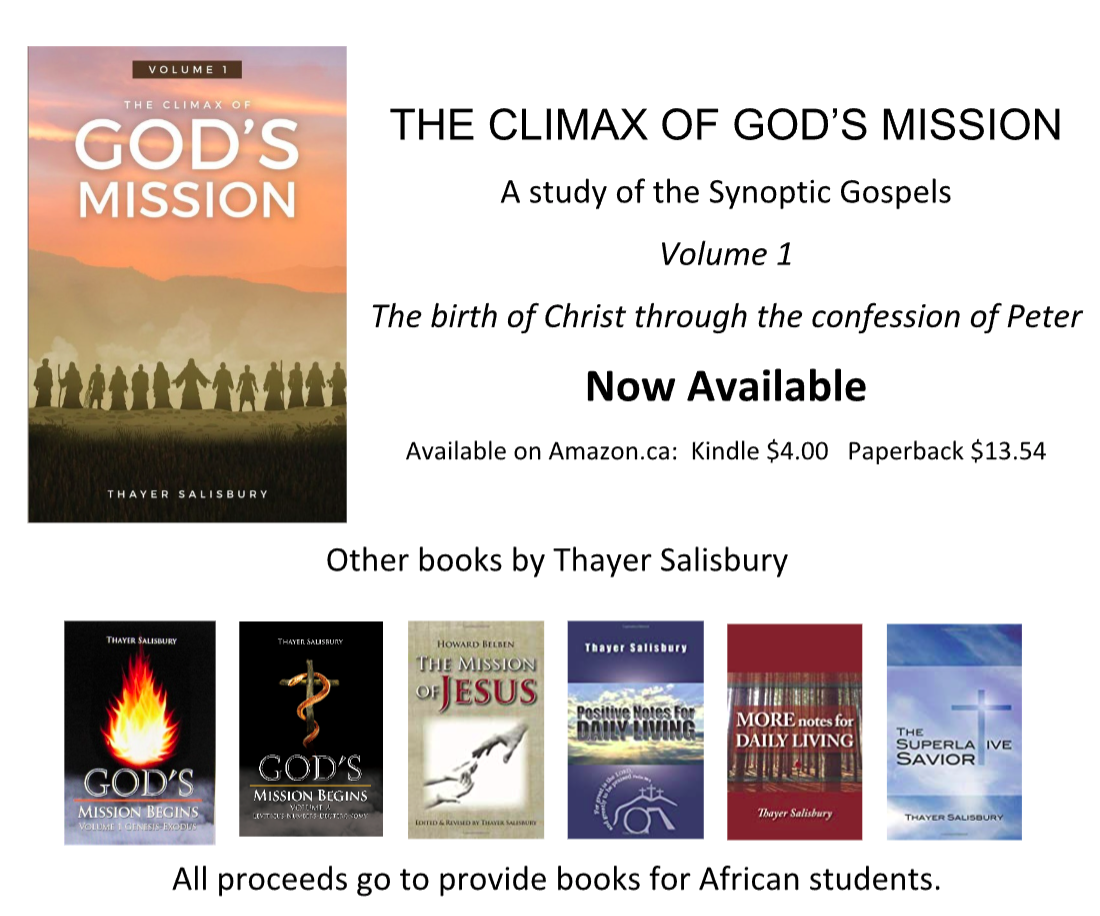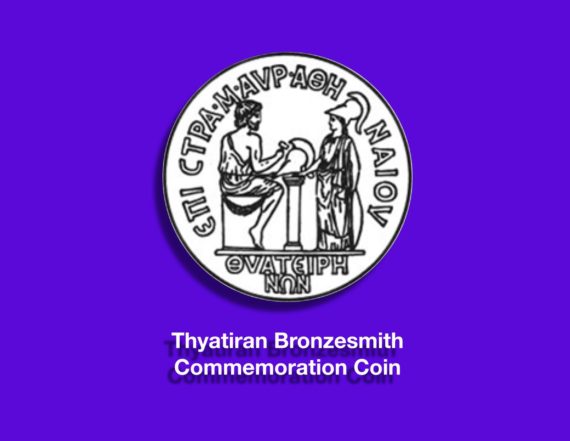Revelation 2:18–29 Part 1
Introduction to Thyatira
Carpenters, plumbers, electricians, hairstylists, teachers, engineers, nurses, LPN’s, physicians, surgeons and others working in trades, personal services and professions today usually must be members of associations and/or colleges in order to receive licenses to legally work in their chosen field. Governments give these associations and colleges self-governing authority to set educational, registration and practice standards for their members who pay annual dues for them to function.









In the first century Greco-Roman world of Thyatira the name for this type of self-governing authoritative college association in Latin was a collegium, or collegia in plural. For practical trades we will also hear collegia referred to as guilds. Collegium is from the Latin for “gathered together” or “joined together” and so shares the essential meaning of synagogue from the verb “he gathers together” and the ekklesia, the common or koine Greek word for an “assembly” of those with common interests (usually mistranslated as the Anglicism “church” which is from an entirely different Greek word). Our most important common interest in the ekklesia, the assembly, is of course God: Father, Son and Spirit.
Of all the seven cities of Asia to whose churches Jesus writes, Thyatira had the most collegia or guilds for skilled craftspeople. Thyatira was known as a centre of manufacturing and trade. We have inscriptions from Thyatira that identify many of these guilds including: wool-workers, linen-workers, makers of outer garments, fabric dyers, leather workers, tanners, potters, bakers, slave dealers and bronze smiths and modelers in bronze. The latter will ring a bell for you when we read Jesus’ description of Himself in the opening greeting of His letter that He carries forward from John’s vision of Him in chapter 1.
For your interest, other Roman trades guilds included the collegia of: gladiators, Bacchus the god of wine worshipers (also known as Dionysus, outlawed by the senate for their raucous behaviour), wine makers, makers of chairs for the gods, underwater divers, junk men, actors, mowers, brothel keepers, and shoe makers.
Like modern associations and colleges, ancient guilds and collegia had authority to control membership, require skills, tools, trade secrets and, importantly, the control of a tradesperson’s ability to practice one’s trades within the city. The later is crucial for those who depend on their trades to feed their families.
Like modern associations, ancient guilds had meetings. There was big difference, however, in the ancient culture of Thyatira where everyone was “religious” for personal, civic, or business reasons. Collegia and guilds often had patron gods. Meetings could include meals and acknowledgments of the patron gods through tributes, offerings and libations (pouring a liquid sacrifice or drinking ceremoniously) in addition to allegiance to and worship of the emperor of the day as a god. Emperor worship was particularly common in these eastern parts of the empire. We also know that symposiums similar to collegia for more well to do men often included heavy drinking and sexually immoral activities.
It is an understatement that this tension between the deference to pagan gods and emperors in the guilds vs. the need to be a guild member to make a living posed huge problems for Christians. There were enormous pressures for Christians to compromise their faith in Jesus and synchronise it with the majority culture around His humble assemblies in order to work for a living.
Two examples of gods directly relevant to Jesus’ people in Thyatira are Hephaestus and Athena (aka Athene). Hephaestus was the god of blacksmiths, metalworking, carpenters, craftsmen, artisans, sculptors, metallurgy, fire and volcanoes (known as Vulcan in the Roman pantheon). Athena (Minerva is her Roman name) was the goddess of war, wisdom and craftsmanship. Here on this coin commemorating the high level of craft of the bronze workers in the city we see a Thyatiran bronze-smith hammering the finishing features of a helmet for Athena:
For your interest, the temple of Hephaestus in Athens (Athena as the Greeks call it today) is the most well preserved ancient Greek temple extant today. While perhaps well-built by those honouring Hephaestus as the god of quality craftsmanship, it has been spared the ravages of earthquakes, war and vandalism. Paul had a very clear view of this temple from Mars Hill (the Areopagus) when he spoke with the Athenians in Acts 17.
You will recall from seeing John’s vision of Jesus in Revelation 1:15 that Jesus’ “feet were like burnished bronze, when it has been made to glow in a furnace.” Thyatiran craftspeople were famous for their skill in bronze. The word Jesus and John use for burnished bronze here and in His opening greeting to Thyatira is unique to these two verses and all of ancient Greek literature. It is chakolibanon (χαλκολίβανον). Chakolibanon is a “particularly valuable type of bronze or brass, possibly even an alloy containing some gold, with the emphasis on its lustrous appearance.” Through this simile in His letter Jesus will show the Thyatirans that His presence, power and authority are infinitely superior to the skill and authority of their illustrious guilds and their patron gods. We will also see that the authority over nations Jesus gives the overcoming Thyatiran Christians is infinitely superior to the authority of guild members.
Interestingly, from geographic, historic, economic and cultural terms, Thyatira and Philadelphia had the most modest statures of all seven cities to whose assemblies Jesus writes. The name of Thyatira is thought to be related to the Greek for daughter, named so by Seleucus Nicator I, “the victor.” He was another one of the diadochi, the successors of Alexander the Great like Lysimachus who, as we have learned in our articles on Smyrna and Pergamum, was instrumental in rebuilding Smyrna and funding the grand construction of Pergamum.
Thyatira sat in a shallow fertile valley with low hills on its east and west horizons and so lacked the impressive towering acropolises of Smyrna, Pergamum and Sardis. The soil and growing conditions were good for Rubia, commonly known as madder. Rubia is a source of red pigment for fabric dye used by the craftspeople of Thyatira. This was a cheaper alternative to dying fabric than the coveted royal Tyrian purple dye originally developed in Phoenicia and made from the secretions of the Murex rock snails that live near sea shores and become visible at low tide.
You will recognize one notable citizen among the manufacturers and merchants of Thyatira. She met the Apostle Paul in Philippi in Acts 16. Lydia, whose namesake is the ancient region of western Anatolia, was a porphuropowlis, a seller of purple fabrics and a worshiper of God. She may have been Jewish by birth or a proselyte. Her faith testifies to the likelihood of a Jewish presence in Thyatira and of course Philippi where Paul met her a “place of prayer” where Jewish people met often located near a stream or river, sources of running or “living” water for ritual washings.
Lydia picked a good location for her business in Philippi in Macedonia since it was roughly at the half way point along the Via Egnatia, the equivalent of the Trans-Canada Highway 1 or 401 of ancient northern Greece. It was the international trade route that connected Rome to Byzantium and all points east including Jesus’ seven churches in Asia.
Thyatira was 61 km (37 miles) southeast of Pergamum and 83 km (50 miles) east of Smyrna. Though modest in so many ways compared to the other of the seven cities of Asia, Thyatira’s place on the ancient trade route from Rome and Byzantium (later Constantinople and Istanbul) made it valuable to the Romans for protecting the road through the Hermus Valley from the Ancient Near East to Pergamum. Like Ephesus, Smyrna and Pergamum, in a pagan sense, Thyatira profited from being an ally and protectorate of Rome along with all its pagan civic and religious dimensions.
To be continued…
Hamilton, Ontario

